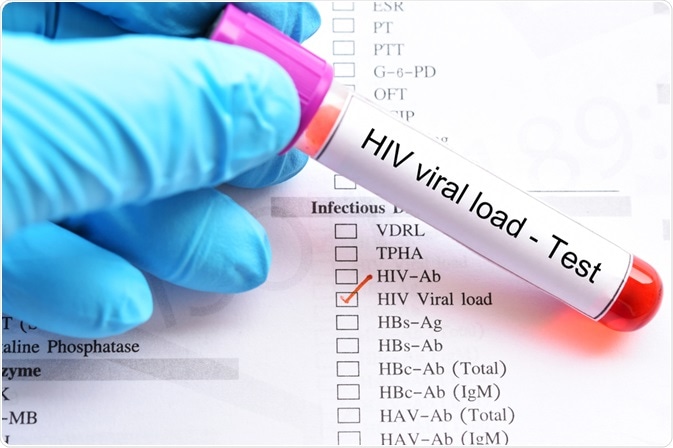Masego Gilbert-Lephodisa, Technical Advisor, EpiC Botswana
Viral load (VL) testing is the gold standard for monitoring treatment efficacy and treatment adherence among people living with HIV (PLHIV). Routine and timely VL testing provides important information to providers and clients as to whether HIV viral suppression has been achieved, or if enhanced adherence support or a different treatment regimen is needed to minimize risk of treatment failure.
According to the Handbook of the Botswana 2016 Integrated HIV Clinical Care Guidelines, VL testing is indicated for PLHIV on antiretroviral therapy (ART) at three months, six months, and 12 months in the first year. Once the client is virally suppressed, routine VL testing is requested every six months. Priority VL testing is requested for clients who are not virally suppressed after six months of ART and should occur six weeks after a detectable VL test. The latest data from UNAIDS indicate national VL testing coverage in Botswana is 87.2%. Improving coverage to meet the UNAIDS target of 95% of people on treatment having suppressed viral loads requires innovative approaches. Here, we describe efforts by the USAID- and PEPFAR-supported EpiC project to increase coverage of VL testing among female sex workers (FSWs) and men who have sex with men (MSM) in Botswana by using the private sector to decentralize access.
Barriers to viral load testing
In Botswana, common barriers to VL testing arise from weak laboratory systems, including VL machines requiring repairs, stock-out of reagents, shortage of trained staff, long turnaround times for testing results, and loss of samples and results. On the service provider side, limited training and lack of knowledge about the benefits of VL testing result in it not being offered to clients as per the national guidelines. In April 2020, routine VL testing in the public sector was halted nationwide due to COVID-19 restrictions and response measures, further reducing access and coverage. Only priority VL testing was available.
How decentralized drug distribution was adapted for viral load testing
Decentralized drug distribution (DDD) models for HIV treatment—including through community pharmacies, automated dispensing models, and private hospitals—have become more widespread because they bring ART services closer to clients and increase convenience. In Botswana, EpiC began decentralizing ART distribution through the private sector in September 2020. Soon after, the project adapted the DDD model for VL testing by working with private laboratories. Through a competitive process, EpiC identified a private laboratory with a network of depots distributed across multiple locations in five districts where the project is being implemented.
EpiC developed a memorandum of understanding with Diagnofirm Laboratories to collect VL samples from clients, process them, and produce results within 24 hours. Providers at the facilities where the clients received ART services offered clients referrals to the private lab for VL testing and provided them with a list of depots where they could have samples collected at locations and times convenient to them, including weekends. Clients had the option of presenting at a depot with a referral slip from the provider or having the sample collected at the facility. Samples collected at the facility were also transported to and processed by the private laboratory. Results were reported back to the referring provider through an electronic platform and printed copies were given to clients.
A promising approach
Between September 15 and December 12, 2020, 420 clients had VL tests processed through Diagnofirm Laboratories. Forty-three percent (43%) of clients went directly to the private laboratory collection points; 20% accessed VL testing at the depots on Friday or Saturday. The rest had samples collected at the facilities where they receive ART. All results were available within 24 hours of sample collection. With the introduction of this strategy, VL coverage increased from 83% in August 2020 to 96% in December 2020. The overall viral suppression rate was 97%, with no significant differences by gender, key population group, or citizenship status.
Decentralizing VL testing to a private laboratory improved access for key populations in Botswana by increasing availability at times and locations convenient to them. Service providers also benefited; the time saved from not having to collect VL samples incentivized them to refer more clients for testing and allowed them to focus on other areas of service delivery. The 24-hour turnaround time was faster than traditional VL testing sites. Results were transferred directly to the requesting doctor, and clients benefited from near real-time clinical decisions, including multi-month dispensing of ART for those with suppressed VL. EpiC is now scaling up this promising approach and expanding VL testing coverage to additional districts and government-supported ART facilities.

